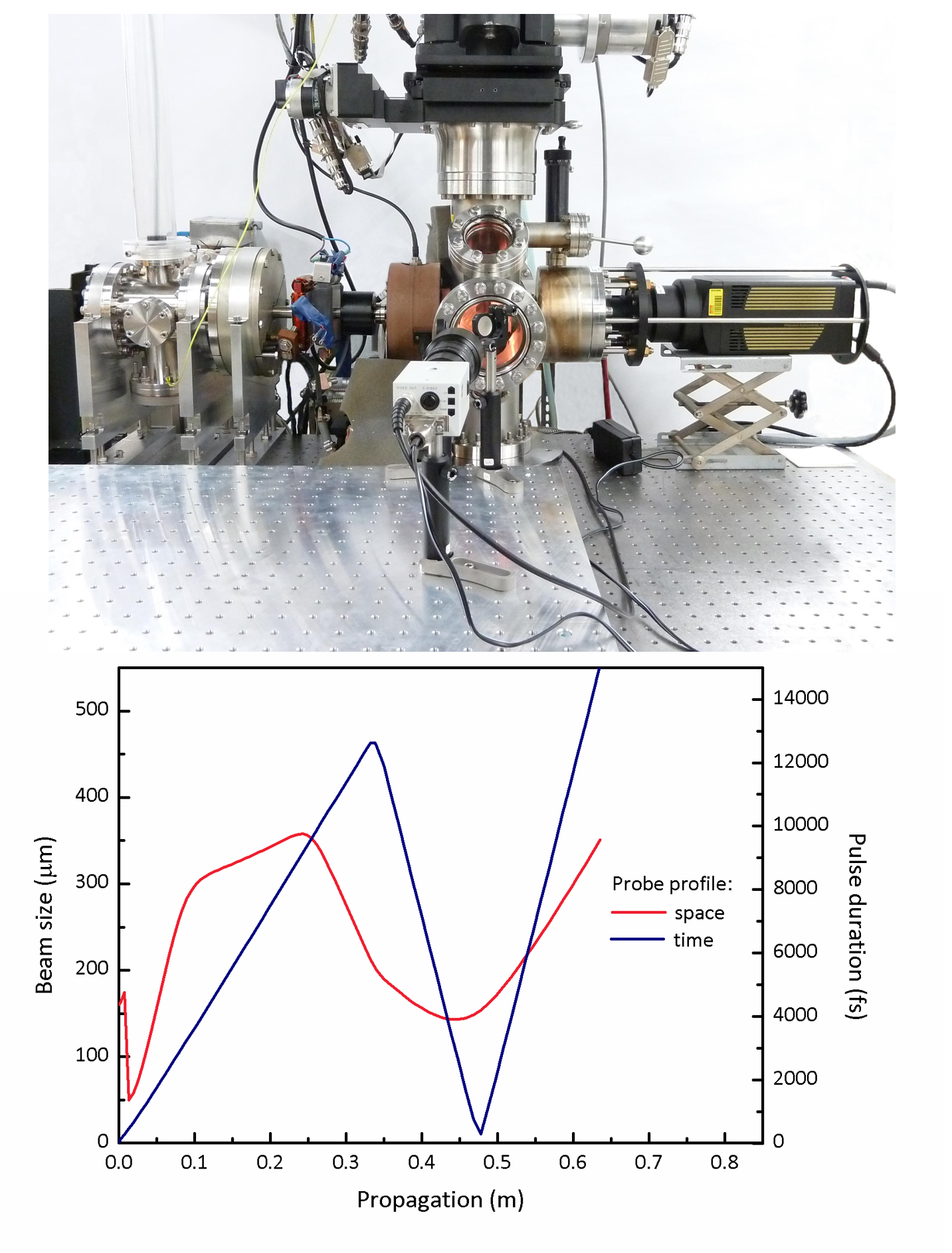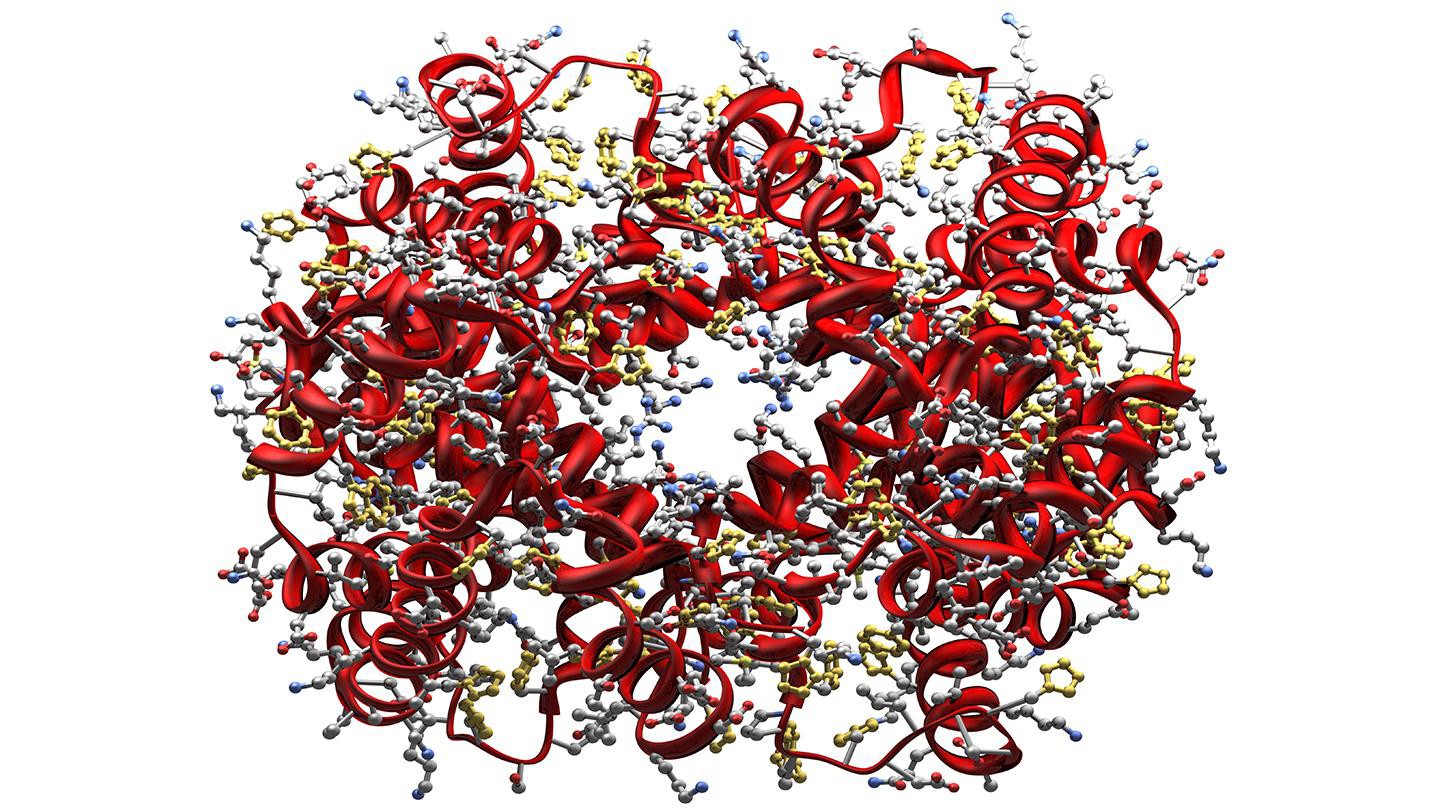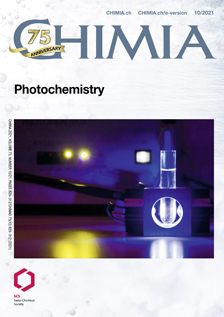ACS Editors’ Choice
titkar2023-07-03T09:23:47+00:00ACS Editors’ Choice Nano Letters - 2016 The design and characterization of functionalized nanoparticle supracrystals require atomically resolved information on both the metallic core and the external organic ligand shell. Ultrafast small-angle electron diffraction has enabled to resolve both static ordering properties and photo-induced motions of supracrystals of alkanethiol-capped gold nanoparticles, with combined fs temporal and Å spatial resolution. Key to this advance was the unique capability to retrieve the local symmetry of the real-space objects creating an electron speckle pattern by computing angular cross-correlation functions. This method, well known in the X-rays community, has been applied to the analysis of [...]









